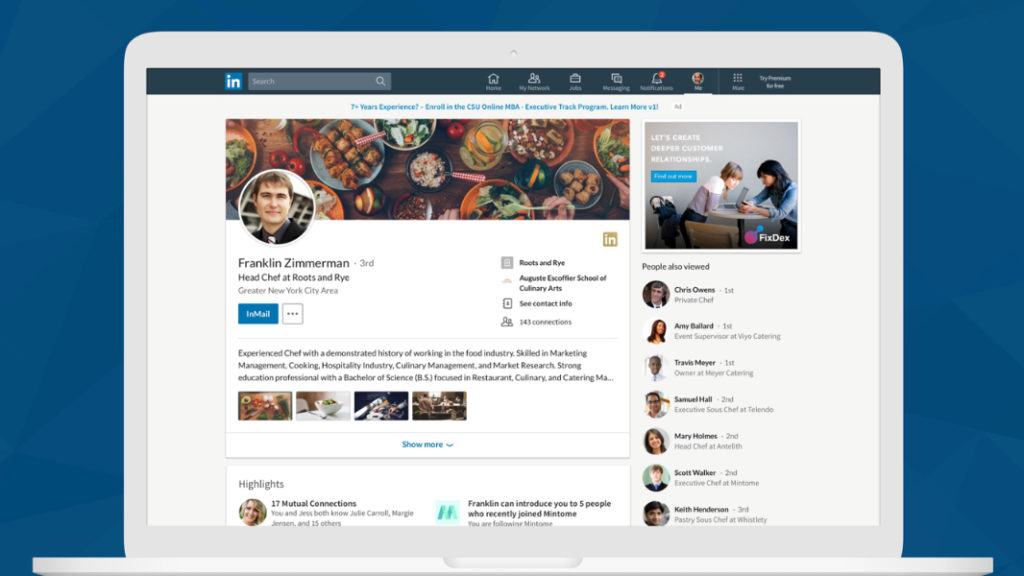LinkedIn Has a Fake Profiles Problem
- Laurent Giret
- Oct 06, 2022
-
4

Despite being one of the rare “serious” social networks out there, LinkedIn isn’t spared by the fake profiles phenomenon that mostly affects more mainstream platforms such as Twitter or Instagram. Yesterday, a long report from KrebsOnSecurity described the increasingly sophisticated fake profiles that are currently flooding LinkedIn, combining AI-generated pictures with real profile descriptions.
According to the report, it’s now easy to find fake but credible profiles of executives at various Fortune 500 companies on LinkedIn. These fake profiles often have similar text descriptions, and they may try to infiltrate Linkedin groups or add lots of contacts to appear more legitimate.
Windows Intelligence In Your Inbox
Sign up for our new free newsletter to get three time-saving tips each Friday — and get free copies of Paul Thurrott's Windows 11 and Windows 10 Field Guides (normally $9.99) as a special welcome gift!
"*" indicates required fields
For people working in human resources and others managing LinkedIn groups, the situation is starting to get out of hand. Worse, LinkedIn doesn’t seem to really understand the issue.
In an interview with KrebsOnSecurity, Jason Lathrop, vice president of technology and operations at ISOutsource, explained that LinkedIn didn’t really help when more than 3,000 fake profiles started following his company on LinkedIn while pretending to be employees.
“When we complained to LinkedIn, they’d tell us these profiles didn’t violate their community guidelines. But like heck they don’t! These people don’t exist, and they’re claiming they work for us!” According to the exec, LinkedIn only deleted the fake profiles after being provided a detailed spreadsheet with all legitimate employees in the company.
In a statement shared with KrebsOnSecurity, LinkedIn said that it was “constantly improving our systems to stop fakes before they come online.” The company also said that it was thinking about new ways to prevent fake accounts to be created.
“We do stop the vast majority of fraudulent activity we detect in our community – around 96% of fake accounts and around 99.1% of spam and scams. We’re also exploring new ways to protect our members such as expanding email domain verification,” the company said.